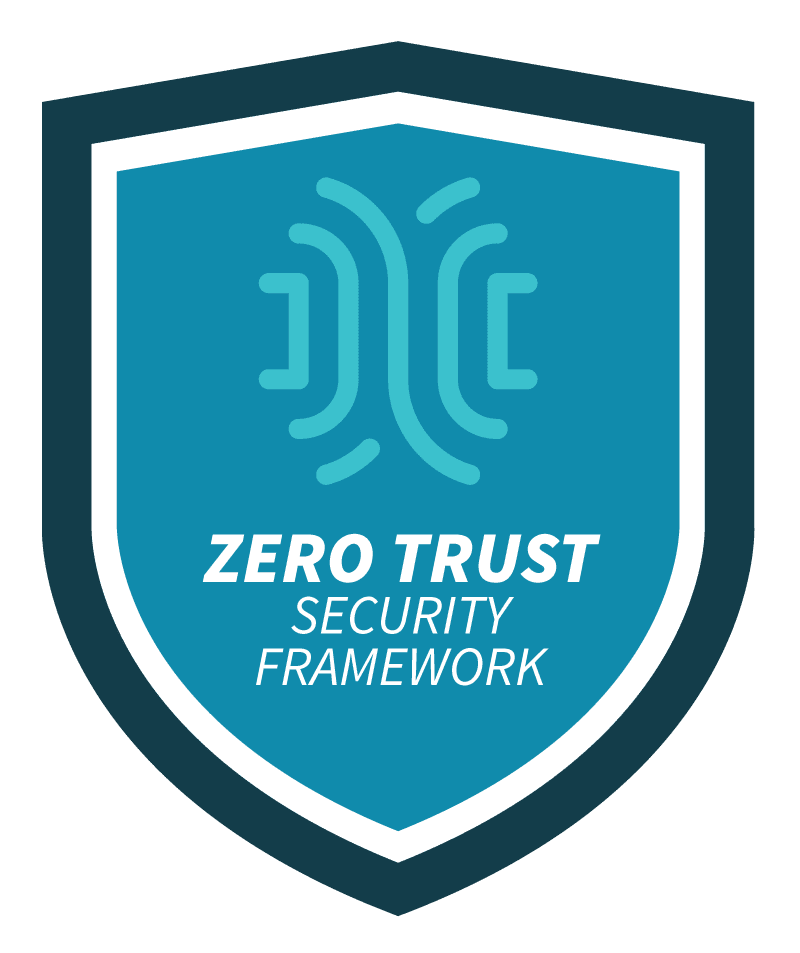
The Ultimate Guide to a Zero Trust Security Model for an Enterprise
Never trust, always verify with the ideal zero trust security model for your enterprise
How do you create a security perimeter around your devices and data when those resources can exist anywhere and everywhere at the same time? As your network grows larger and more complex, this type of question arises. The zero trust security model seeks to solve this problem with the methodology of “never trust, always verify.” Let’s take a closer look at how this model works and all its benefits.
Why is the zero trust security model better?
Traditional network security relies on a “castle and moat” approach. You create one large security perimeter around your network (the moat), and then you assume that everyone within that perimeter is trusted. You need to implement enough security policies and controls to protect every device, application, and resource within that perimeter. As your network grows larger and more complex—for instance, as you move workloads to the cloud and closer to the edge, or expand your remote and branch locations—it becomes harder to account for every vulnerability in one bloated perimeter. In addition, if a hacker does gain access to a vulnerable account or device, they can freely move about your network using those trusted permissions.

Zero trust security uses an entirely different approach to solve these problems:
First, all users, devices, applications, and traffic must be verified every time they connect, even if they’re within your network. This limits the amount of damage that can be done from a single hacked account or device.
Zero trust security model key principles
There are 6 key principles you should keep in mind when considering the zero trust security model:
Now, how do you put these principles to work? Here is a step-by-step guide to implementing zero trust security
Since every enterprise has unique requirements and network architectures, every zero trust security implementation is different. However, most organizations that successfully implement zero trust follow these basic steps:

Step 1: Visualize your environment
In addition, you will need to monitor your network traffic and map the connections between all these entities. It’s essential to identify any critical interdependencies, so you don’t accidentally break any applications or workflows when you segment your network later.
If your enterprise is building a zero trust security implementation, you should use network automation tools to handle the discovery and visualization of your environment.
Step 2: Define your protect surfaces
- Data—Identify, classify, and prioritize your data based on its importance to your organization, its value to hackers, compliance requirements, and other criteria.
- Applications—Determine which applications process sensitive data, contain proprietary code, or interface with business-critical resources.
- Assets—Inventory all of your network-connected and internet-of-things (IoT) devices and prioritize them based on how critical they are to your business and how vulnerable they are to attack.
- Services—Identify and locate crucial network services like Active Directory, DNS, and DHCP.
Step 3: Build micro-perimeters
Traditional network perimeters are often a bloated patchwork of security controls that try to account for every possible vulnerability in every system and application. Micro-perimeters, by comparison, are targeted to defend specific protect surfaces. This means you can implement the exact technologies you need to control access without leaving any gaps.
For example, you can integrate a next-generation firewall with ZPE Systems’ Nodegrid to create your network segments and micro-perimeters, as well as to monitor traffic and enforce access control policies.
Step 4: Create security policies
TIP: ZPE Systems’ Zero Trust Security Framework provides comprehensive user policy management to help you create and apply security policies.
Step 5: Observe and test
Step 6: Enforce security policies and controls
Step 7: Monitor and optimize
Overall, the steps involved in implementing zero trust are fairly straightforward. The real challenge is applying zero trust principles and controls to your specific network environment. The zero trust security model isn’t a turnkey solution or a single technology that you can implement once and then forget about. You’ll need to take a holistic approach by implementing a combination of hardware, software, and virtual solutions that meet your unique needs. This is made easier with platforms like ZPE Systems’ Zero Trust Security Framework, which seamlessly integrates with other zero trust technologies to provide one unified solution.
Benefits of the zero trust security model
Now that you have a basic understanding of how one implements zero trust, it should be clear how this model can improve your overall network security. In addition, the zero trust security model provides the following benefits:
Increased visibility
You’ll also have complete visibility and control over your networking appliances, mainly if you use a zero trust solution like Nodegrid that combines all your data center infrastructure management into one unified platform.
Stronger compliance
Greater flexibility
Zero trust security provides greater flexibility than traditional network security because your policies and micro-perimeters are granular. For example, when you add a new enterprise application to a traditional network, you need to consider how its security requirements and interdependencies impact the entire network’s security perimeter and network traffic. In a zero trust network, you can simply create a new network segment and micro-perimeter around that application and apply the correct policies and controls without affecting other unrelated segments.
Implement the Zero Trust Security Model with ZPE Systems’ Nodegrid
Every enterprise environment is different, so you need a completely customized zero trust security solution that addresses your unique challenges and requirements. ZPE Systems’ Nodegrid provides you with the framework to build your custom zero trust security architecture.
The Nodegrid platform includes key zero trust features like 360-degree monitoring, intrusion protection, and cloud management. Plus, Nodegrid integrates with many other zero trust components and providers so that you can manage your entire zero trust solution from one pane of glass.
Ready to implement the zero trust security model using ZPE Systems’ Nodegrid? Contact us today or book a free demo to learn more!
